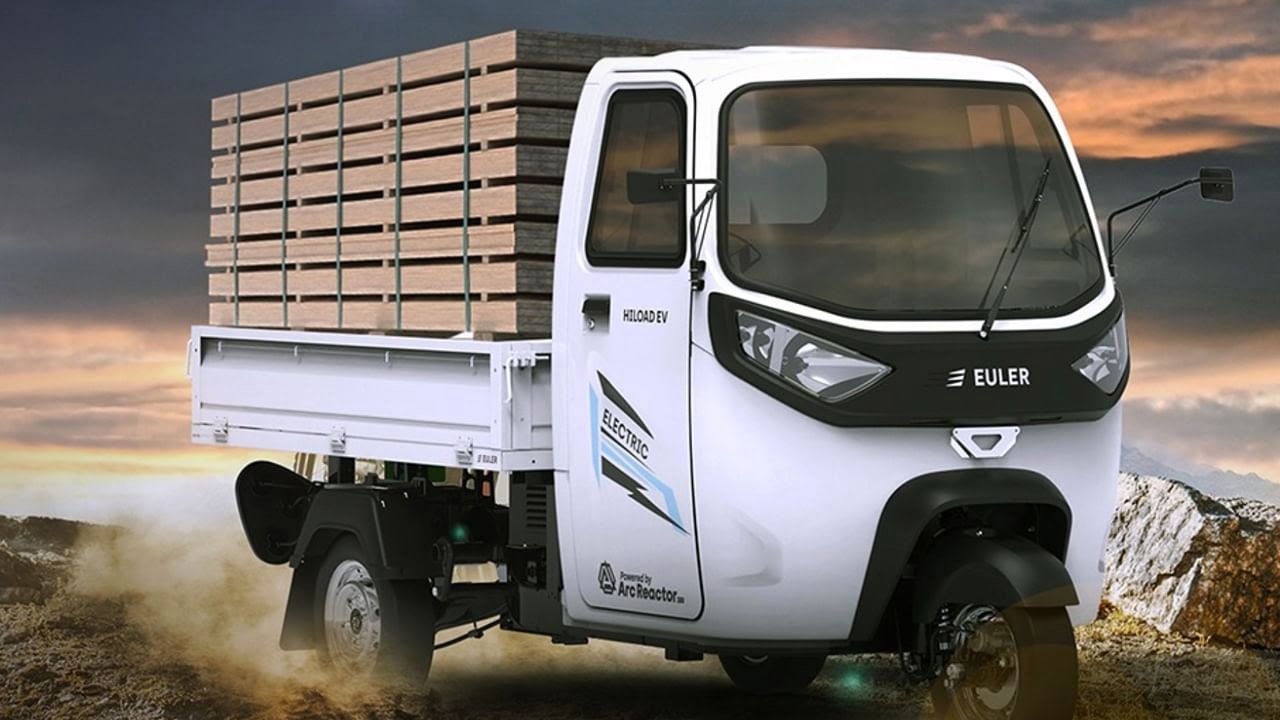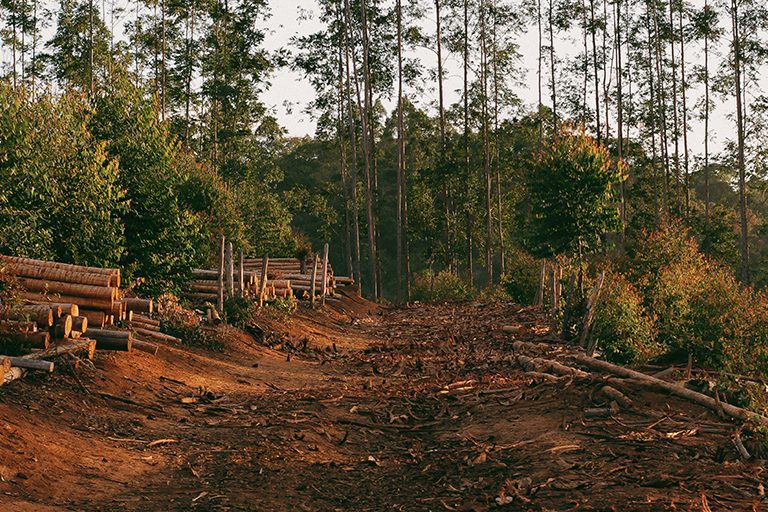Table of Contents
Finlands Sand Batteries could potentially substitute for part of the power that is taken from the electrical grid, providing heat during the Finnish winter, which lasts for five months. The sand battery will probably be used to supply only heating, rather than electricity, because of inefficiencies in the process, but according to Ylonen, global warming needs are large enough to warrant having a stand-alone storage system.
How Sand Batteries Work
By storing power as heat in massive sand tanks (Thermal battery), a novel idea stores the surplus power generated from wind and solar, which can then be released when needed, using this heat for various applications. Storing energy as heat is not a new idea, but keeping it in the sand may prove a fairly effective solution.
More importantly, sand stores that energy for many months, making it a feasible solution for long-term storage. One company has actually found that sand may be the secret sauce of energy storage since it is capable of holding heat for months. Sand is an extremely efficient medium to hold heat for long periods, holding the energy for months at a time.

Sand is strong and cheap, and it can hold large amounts of heat without leaking out, with temperatures around 500-600 degrees Celsius. Low-quality sand is durable and cheap and can store a lot of heat if contained in small volumes and heated to around 500 degrees Celsius or 600 degrees Celsius.
The Role of Sand in Thermal Energy Storage
The advantage of sand, according to Pekka Passi, managing director at the plant, is that it holds the heat for months on end, with no noticeable losses, and does not vaporize. When just regular sand is heated, using a simple heat exchanger, which is buried halfway down a large, his first commercial battery with this type of sand can store a staggering eight megawatt-hours worth of energy, with a rated power output of 100kW, the sand heated somewhere between 500-600 degrees Celsius (932-1112 degrees Fahrenheit).
The company says that even its first commercial sand battery will be scalable, with installations around 20 gigawatt-hours of power storage yielding hundreds of megawatts of nominal power, with plain old sand heated up to 1000 degrees Celsius (1,832 deg F) in some designs.

Collaboration Between Polar Night Energy and Vatajankoski
Vatajankoski, an electric utility, has worked with Polar Night Energy, a company that makes heat storage for seasonal use, to store the surplus power of the region’s wind and solar farms as heat within the world’s first sand-based battery. Finland’s batteries, which hold eight-megawatt hours of thermal power at full capacity, release around 200 kW through pipes, enough to supply 100 homes and a community swimming pool, according to Ville Kivioja, a principal scientist with Polar Night Energy.
The heat is contained inside a 4-meter-wide, 7-meter-high steel container containing Finland’s start-up, Polar Night Energy, automated thermal energy storage systems, and 100 tonnes of low-grade sand. Fully enclosed within the 7 m high (23 ft) steel container, the battery is made up of 100 tons of low-grade construction sand, two district heating pipes, and one blower. The battery, which stores heat inside the sand tanks, is installed in the energy company Vatajankoskis plant in Kankaanpaa city, where it is connected to a local district heating grid serving about 10,000 people.
Sand batteries can release warm air when power prices are high, which allows the area to heat homes, offices, and a local pool. The sand is then heated by wind or solar power, and stored to be used by the local power supplier to heat the local district. Using renewable energy, sand is heated to around 500 degrees Celsius, and the sand is stored for use by a local district heating system, reports Energy Storage News.
It warms up when cold air passes through the storage, which could be used, for instance, to turn water into processed steam, or heat the water in a district heating system with a heat exchanger. It works by converting captured renewable energy to hot air using a commercial version of the standard resistance heating element and then directing that hot air down to the sand. To put it in more concrete terms, excess electricity from the sun and wind powers a resistive heating element that warms up the air, which is then pumped through tubes into the sand.
Just as with traditional power storage systems, when more electricity is generated from renewable sources than is needed, it is directed into the sands batteries. Functionally, it operates similarly to conventional chemical batteries: storing and releasing electric energy.
Able to function in temperatures up to 600degC (1,112degF), sand stores more energy per unit of volume than water, which cannot exceed 100degC (212degF) for obvious reasons. Many solid materials, like sand, can be heated at temperatures far higher than water’s boiling temperature. Sand–a material with a high density, and lower cost, that is rejected by the building industry–is one solid that can be heated well above the boiling point of water and can store energy at a rate many times greater than a tank of water.
Energy Efficiency and Scalability of Sand Batteries
Sand has a considerably higher boiling temperature, can store much more energy than a tank of comparable size, and is limited to only building materials for a novel idea, rather than sand’s temperature limits, according to Popular Mechanics. Sand-based heat storage is capable of storing multiple times as much energy as can be stored by a water tank of a similar size; this is due to the larger temperature range allowed by sand.
Temperature is a measurement of how warm something is, measured in degrees Celsius or degrees Fahrenheit, whereas heat is a measurement of thermal energy contained within an object, measured in Joules.
Finlands Sand Batteries may be a solution to heating problems, and they offer a more flexible method for using and storing heat, which helps greatly from a cost perspective, and at the same time, would help Finlands move towards using more renewable sources for gas and electricity.







